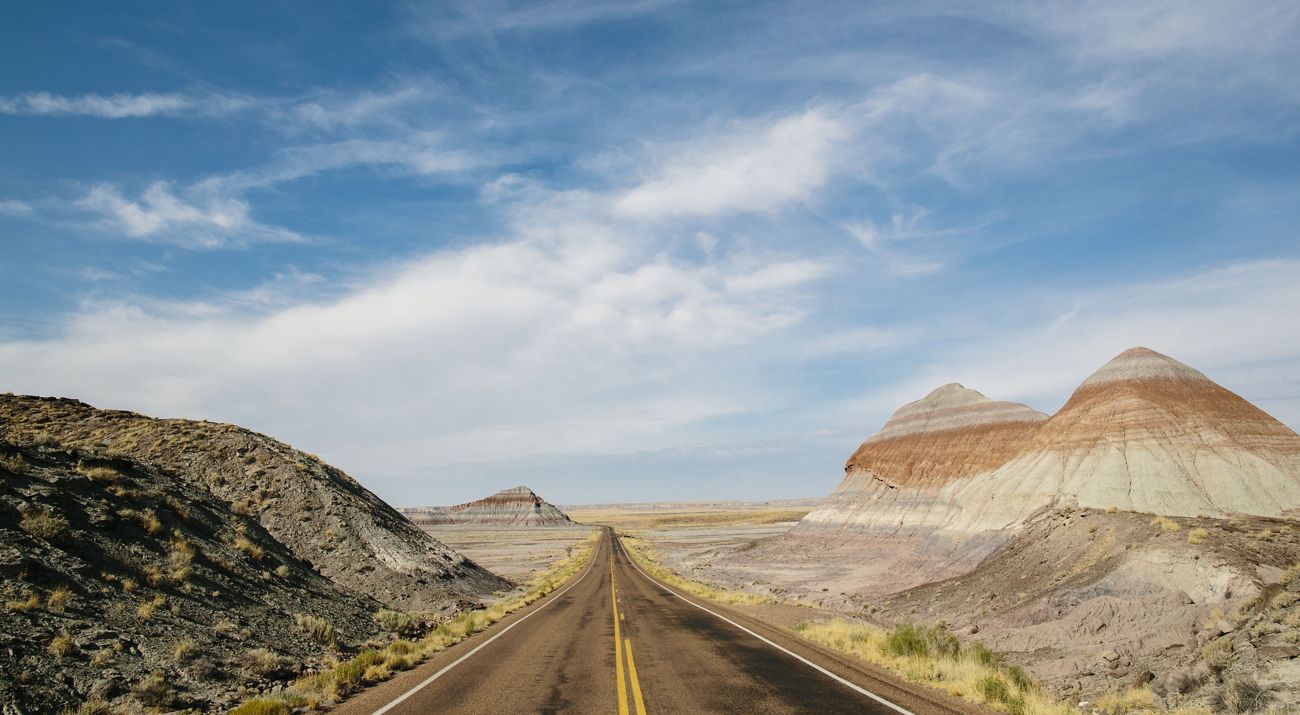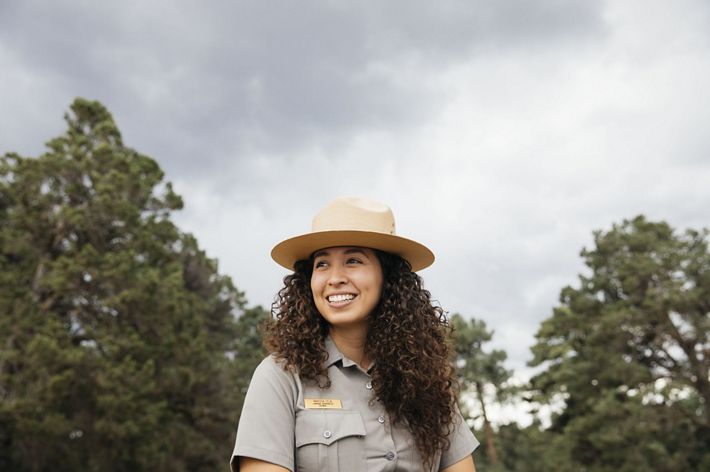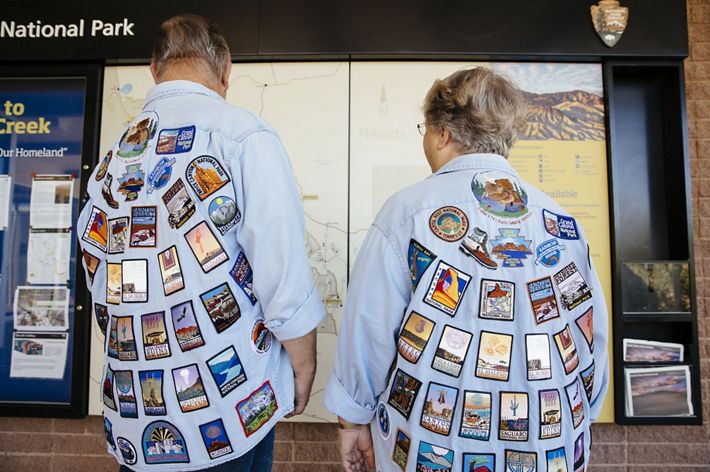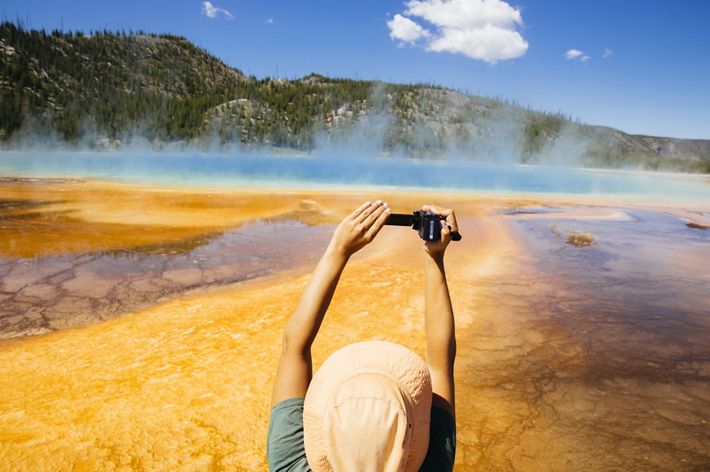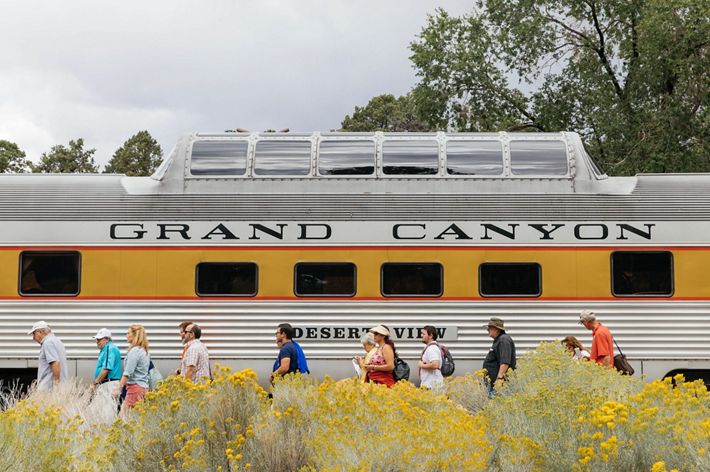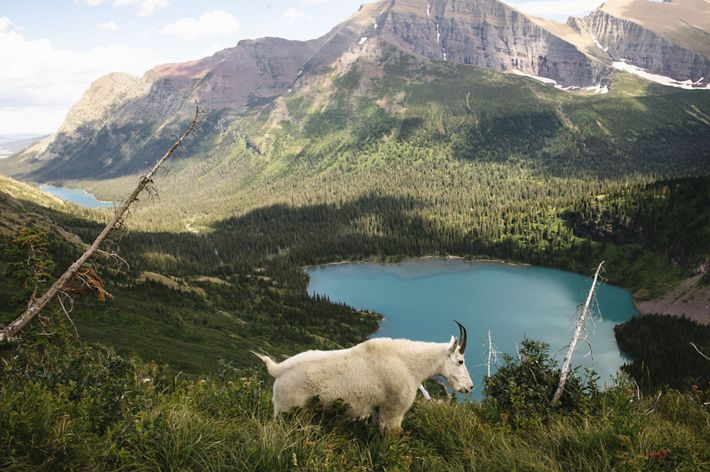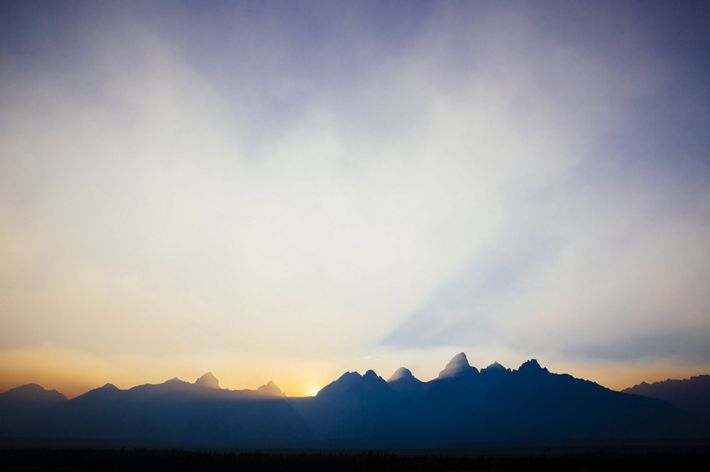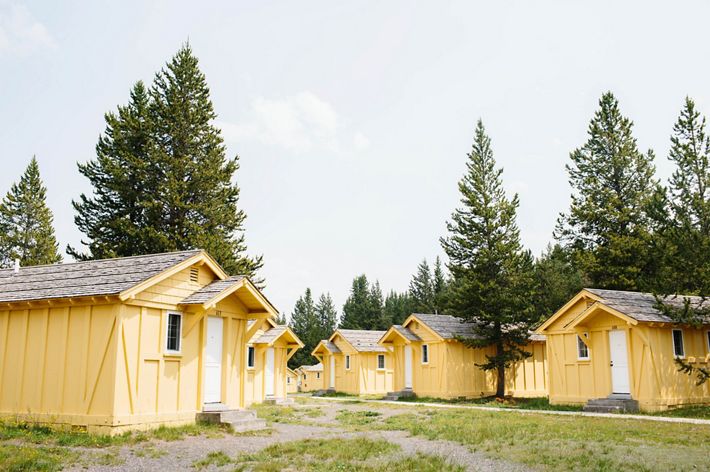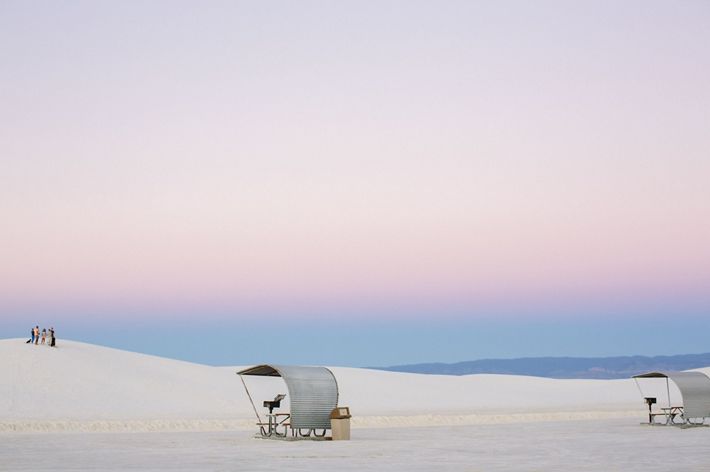America Outdoors
Landmark legislation finances the next generation of conservation.
Winter 2020
Last spring, as businesses and schools closed to help slow the spread of COVID-19, millions of Americans turned to nature for relief from the stress and boredom of life during a pandemic. In March, according to a report by the Trust for Public Land, the city of Dallas saw trail use more than double, while Pennsylvania’s Presque Isle State Park, on Lake Erie, welcomed twice as many visitors. In April, hikers and cyclists in still-snowy Minnesota hit trails at rates typical of July and August.
With the pandemic heading toward a second year, it has become clear that health and sanity often depend on our ability to get outdoors—and that we need as much open space as we can get. Fortunately, the United States just took a huge step toward that goal with the signing of the Great American Outdoors Act, new federal legislation that many are calling the most significant action on conservation in decades.
Get the Magazine
Become a member of The Nature Conservancy and you'll receive the magazine.
Subscribe nowSigned by President Trump in August, the Great American Outdoors Act allocates $1.9 billion annually for five years to pay for maintenance in national parks and federally managed lands, which will help the National Park Service chip away at a $12 billion backlog in repair work. The bill also, for the first time, fully funds the Land and Water Conservation Fund, which will receive $900 million each year.
That fund, often called the LWCF, is “the most important program no one’s ever heard of,” says Amy Lindholm, northeast regional coordinator for the Appalachian Mountain Club and manager of the LWCF Coalition, a group of businesses and nonprofits—including The Nature Conservancy—that advocates for the program. “There are tens of thousands of bikeways and greenways, local parks and state parks that have benefited from the fund—and even folks who’ve worked in conservation for many years often have no idea.”
Created by Congress in 1964 to purchase, protect and maintain public land, rivers, shorelines and lakes, the fund has preserved millions of acres of national parks and wildlife refuges, beaches and ballfields across nearly every county of the United States. More than 1,000 of the Appalachian Trail’s 2,200 miles, for example, are permanently protected because of the federal fund. It has also helped build public pools, playgrounds and splash pads for children in big cities.
“A lot of our work has focused on connecting the dots for people between a place that you use and love, the effort that protected it, and where that funding came from,” Lindholm says.
Beyond National Parks
How the Land and Water Conservation Fund has helped parks across America
-

Recreation
Nearly half the U.S. population participates in outdoor recreation and many use parks and facilities. The fund has helped protect the Appalachian Trail, along with numerous smaller hiking trails, biking paths and boating facilities.
-

Urban Parks
The LWCF helps local governments expand or improve public parks—building tennis courts, swimming pools or playgrounds in major cities. That can help make park access more equitable: 100 million Americans don’t live within walking distance of a park.
-

Historic Sites
The fund has paid for the preservation of numerous key historical sites across America, including the Topeka, Kansas, school integrated through Brown v. Board of Education and has protected Civil War battlefields and the homes of several presidents.
Among those places protected by LWCF funding is Great Sand Dunes National Park in Colorado, home to the tallest sand dunes in North America. And in Pennsylvania, a $10 million allocation helped create the Flight 93 National Memorial, where hundreds of thousands of visitors pay their respects each year. The fund also provides money for states, including nearly $10 million to help Michigan protect 423 square miles of its Upper Peninsula—a parcel of “pure wilderness embedded in the largest freshwater system in the world,” as TNC’s state director for Michigan, Helen Taylor, puts it.
“The LWCF helped us do a big deal that had seemed impossible,” says Taylor, who facilitated the project with the Michigan Department of Natural Resources.
Although the legislation that created the fund called for an annual allocation of $900 million in royalties from offshore oil and gas drilling, Congress often supplied less than half that amount for conservation projects. The Great American Outdoors Act, however, makes the funding a certainty.
“This is something that we’ve been working on for so long, and the fact that we pulled it off during such a contentious time really speaks to how powerful it is,” says Tom Cors, TNC’s director of government relations for lands. Cors helped lead an effort to pass the bill. He and his colleagues at TNC brought dozens of lawmakers from both sides of the aisle to natural areas protected by the fund.
One was Senator Cory Gardner, a Colorado Republican who, along with TNC, had earlier helped establish Great Sand Dunes National Park. “Without the LWCF, we wouldn’t have been able to piece together this great national park,” says Gardner. He sponsored the Great American Outdoors Act, along with 59 Democrat, Republican and independent co-sponsors.
The fund’s economic value was instrumental in winning support, Cors says. Many rural communities are poised to see job growth flowing from the new funding, as well as economic development tied to the $887 billion outdoor recreation industry, which employs some 7.6 million Americans.
Economic stimulus is much needed in the pandemic, but it will also help ensure that every American has access to open space—and that our parks can stay open and even grow.
Get the Magazine
Sign up to become a member of The Nature Conservancy and you'll receive the quarterly print edition of the magazine as part of your membership.
